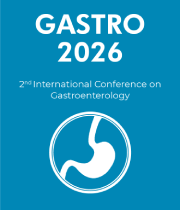Esophageal Diverticulum
Esophageal diverticulum is a rare form of congenital esophageal abnormality which is characterized by a pouch or sac that protrudes from the wall of the esophagus. This pouch can be located anywhere along the length of the esophagus, but is typically found in the lower section near the stomach. The pouch may contain mucous, gas, or food and can vary in size from just a few millimeters to several centimeters. The exact cause of esophageal diverticulum is unknown, but there are some theories that suggest it may be caused by abnormal fetal development or a result of an injury to the esophagus. Although rare, it is more common in males than females and can occur at any age, although it is more often seen in older adults. Esophageal diverticulum typically does not cause any symptoms, although some people may experience difficulty swallowing, heartburn, chest pain, and regurgitation of food or fluids. If left untreated, the pouch may become infected or obstructed leading to a condition known as diverticulitis. If the diverticulum is causing symptoms or there is a risk of infection or obstruction, then surgical removal of the pouch is usually recommended. During this procedure, known as diverticulectomy, the pouch and surrounding tissue are removed and the esophagus is reconstructed. This procedure should be done by an experienced gastrointestinal surgeon and often requires hospitalization for several days. In most cases, surgery to remove an esophageal diverticulum is successful and patients can return to their normal activities shortly after surgery. However, some patients may experience residual symptoms related to their esophageal abnormality such as dysphagia (difficulty swallowing) or gastroesophageal reflux (GERD). These symptoms can usually be managed with lifestyle modifications such as avoiding trigger foods and eating smaller meals more frequently.



